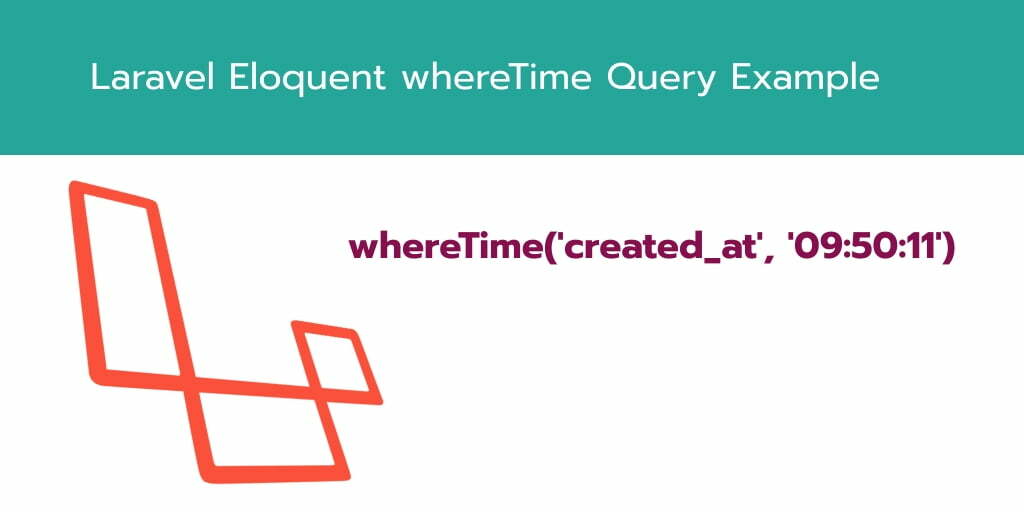

In PHP, if your array keys aren't integers, in ascending order starting from 0, it is assumed to be an associative array. So in this case you'll be seeing the last item, first and the keys will be 9, 8, 7. The reverse method creates a new collection, but preserves the keys of the original collection. You're getting the same collection back, in reverse order. Method-3: Combining IN query with relationships. Hello all, did you know you can always make/convert your Laravel eloquent query builder to a raw SQL that can be used as an SQL query in any MySQL platform.
#REVERSE QUERY RESULT ELOQUENT LARAVEL HOW TO#
Now when you're doing: $eventi = \App\Model::with('relation_1', 'relation_2') Method-2: Prepending the whereIn method with the select method. Next in series: How To Order Query Results in Laravel Eloquent -> Tutorial Series: A Practical Introduction to Laravel Eloquent ORM Eloquent is an object relational mapper (ORM) that is included by default within the Laravel framework. Eloquent WhereHas allows you to perform a single database query to filter results based on the presence of a relationship. It is used to filter query results based on the presence of relationships. The keys of the values in the underlying array will be numeric, i.e. Eloquent WhereHas is a powerful method used in Laravel Eloquent ORM to reduce the number of database queries. You get a Collection object, containing those values.

Which obviously didn't work, because $scores is an object and it was expecting an array.When you do this: $eventi = \App\Model::with('relation_1', 'relation_2') So preferably like the above method with eloquent, where I output $score->ratingtext, $score->ratingradio, $score-id, and whatever I want. But I don't only want to display the comment, I also want to be able to display all Information regarding this Element. Every single model represents a table in your database with which you can work. It implements the Active-Record pattern and provides an easy way to interact with your database. $comments = array_reverse($comments, true) Īnd then looping through the $comments. March 30th, 2020 Eloquent is the default ORM that ships with Laravel.

Reverse the array, to have the latest element first displayed $comments = array_slice($comments, -20, 20, true) The more data there is the more time it will. When you make a query, the data that the database returns is sent over the network. One way we can optimize a query is by reducing the amount of data we fetch from the database. I know we can use ->toSql () in laravel but sometimes I need it directly in the database manager to test it, whereas eloquent can't be executed in Database Manager of course because it is one of Laravel's features.
#REVERSE QUERY RESULT ELOQUENT LARAVEL GENERATOR#
However, if your query is more complex, pagination can become slow. I hope it's like a web generator or script or something where we just paste the eloquent and the result is an sql query. Most of the times, these options work great. $commenttype = $scores->lists('ratingradio') Here I some techniques that can improve your load times in your Laravel application. Laravel provides a number of options to paginate your results. $comments = $scores->lists('ratingtext') I attempted solving it like this in my Controller: $scores = Score::where('unit_id', $id)->where('created_at', '>', Carbon::now()->subDays(3))->get() All Eloquent methods that return more than one model result will return instances of the Illuminate\Database\Eloquent\Collection class, including results retrieved via the get method or accessed via a relationship. Normally I would go about solving it like this: as I don't only want the order to be reversed, but I also want the array to be sliced, so that it just outputs the last 20 Elements of the array. I have a Score-Table with different ratings, strings and radio-buttons.


 0 kommentar(er)
0 kommentar(er)
